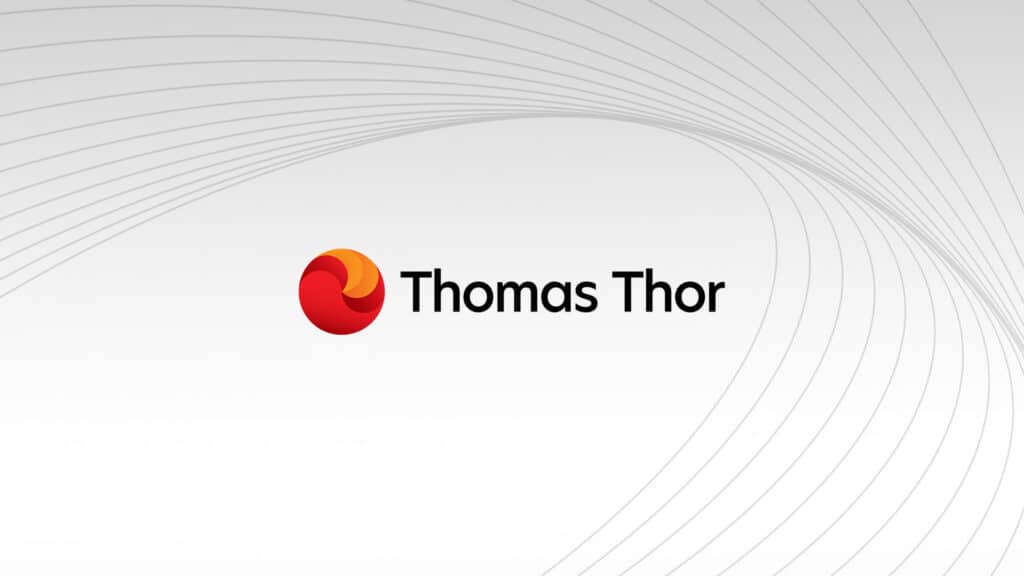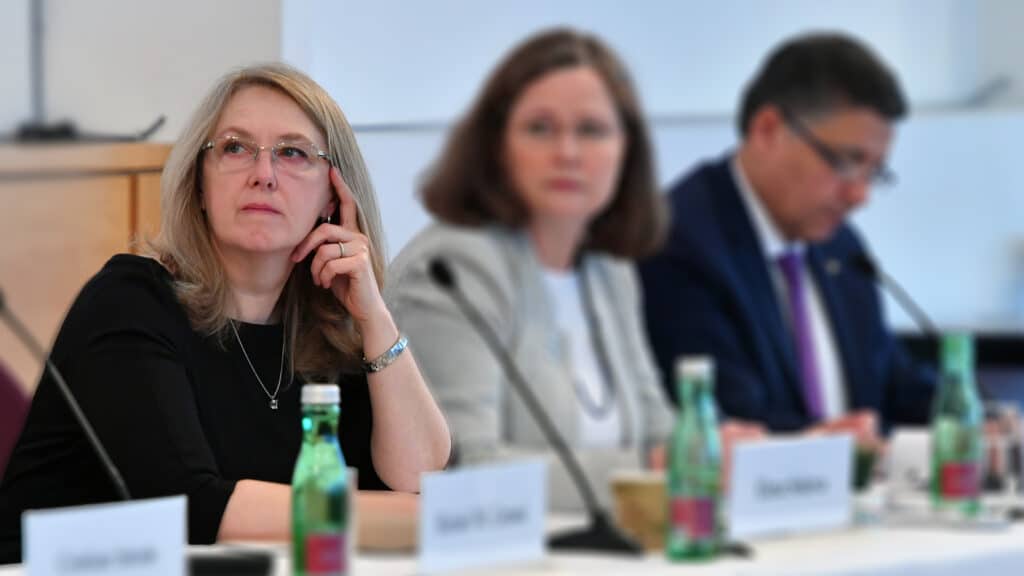Insight – An Effective Initiative in Driving Employee Satisfaction and Motivation


By Callum Thomas, CEO of Thomas Thor
Every now and then I hear about something that an organisation has done for the benefit of their employees which is sufficiently original and impactful to catch my attention. Recently, at the NESTet conference held by the European Nuclear Society in Brussels, I learned about an initiative launched within Slovenské Elektrárne in Slovakia which I felt warranted sharing through this short article.
To set the context, Slovenské Elektrárne operates nuclear, hydroelectric and fossil fuel power plants across Slovakia. In 2018 they engaged with an external agency to conduct a survey of employee engagement and culture within their workforce. The results were disappointing, with an overall motivation and satisfaction rating of 43% compared to an average across other organisations in their sector of 59%. As you would expect, this sparked some serious discussion, and a comprehensive action plan was developed and sponsored by the CEO. You may have guessed where this is going – the story of how employee satisfaction and motivation were improved significantly over an impressive timeframe – and you would be right! Instead of describing the entire action plan I will focus on one of the initiatives which, according to Miroslav Šarišský, the Director of HR and Organisational management, had the most significant impact.

eM® Employee motivation 2018
The initiative was focused on the 800 people managers within the workforce of 4,000, which included anyone responsible for managing people whether their team was a single trainee or a department of 200 people. Cohorts of 50-100 people managers were formed with participants mixed together from the many different departments and functions within the organisation. A small group of senior leaders, including the CEO and his key C-suite, developed the material and programme for a one week intensive course which was named the ‘’University of Slovenské Elektrárne’’. The intent of the course was two fold. ‘’We wanted to bring people out of siloes and explain what drives decisions made across the organisation’’ explains Šarišský. The course provided a detailed overview of everything happening across the organisation as well as deep explanation of how complex some of the decision making factors are and how decisions are made. The course was interactive and ‘’participants had to sweat; it wasn’t easy at all’’ said Šarišský. For example, there were exercises where participants were given the relevant technical, engineering, economic and people related factors related to a particular challenge and then asked to make the decision on how to address the challenge. But the second intent was equally, if not more important – to build trust. “Trust is a key element of a successful leadership and of any transformation of the company culture. We tried to establish strong foundations for trust by being very open, transparent and by creating opportunities for the participants to voice their concerns and opinions on what should be done”, says Branislav Strycek, the CEO. The week was offsite and so there was plenty of informal time for discussion amongst participants, which meant they learned about each other as well as about different parts of the business.
‘’What did you do to them?’’ was a question asked by employees that filtered up to the senior leadership after the managers returned to their teams. People managers are instrumental in setting and driving the culture and working environment, so providing them with a deep dive into what is happening across the whole organisation, how decisions are made at the senior level and how complex some of those decisions are, had a profound effect on their motivation and attitude. They suddenly became ambassadors for the whole organisation and their team members benefitted directly from their increased awareness and understanding of the whole picture. There are several factors that make this an interesting case study – the fact that the CEO dedicated 25 to 50% of his time to this initiative and was involved personally in the delivery of each of the courses, the investment in time and resources by pulling people managers out of their jobs for an entire week, the transparency in opening up the decision processes across the organisation and the interactive nature of the course which put participants in the shoes of senior leadership making decisions.
The result, less than two years later when the same independent survey of employee motivation and satisfaction was repeated, was a huge increase to 62% satisfaction rating. Of course, there were other factors that contributed to this improvement, such as the exceptional levels of emotional and tangible support provided to employees during the Covid-19 pandemic, a strong focus on internal communication, which included a new ‘’weekly brief’’ sent personally by the CEO to all staff providing a summary of important decisions made, highlights and actions. The reason for sharing this example is that it is something that all organisations of all sizes could benefit from doing. We tend to assume that information is flowing throughout the organisation and the reality is, especially when teams are distributed, is that there is a severe lack of awareness and understanding of the whole picture amongst employees. Investing in building this awareness and understanding amongst people managers is an extremely effective way to address this challenge.

eM® Employee motivation 2020
Share this article
Related articles
Help us grow and achieve your potential at a values-driven business.




